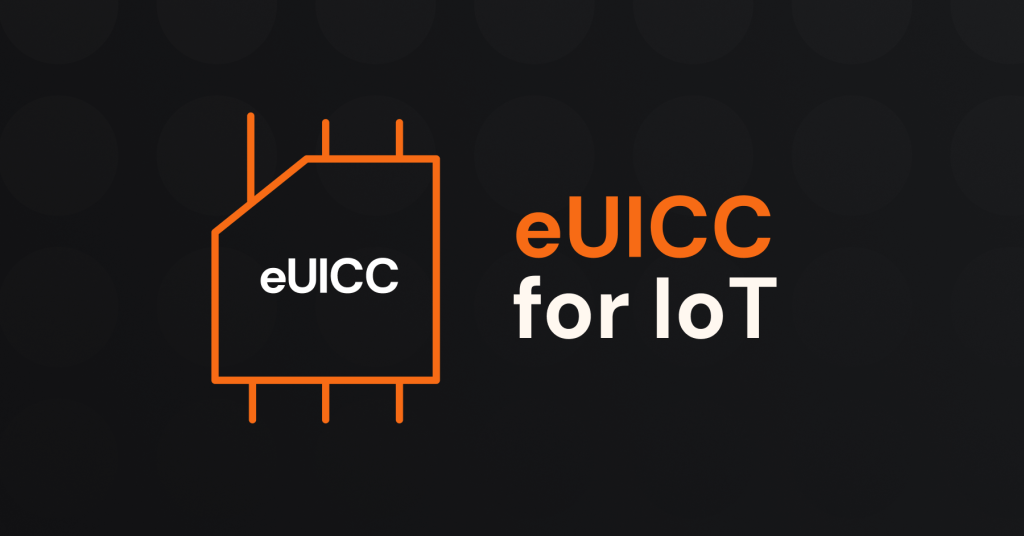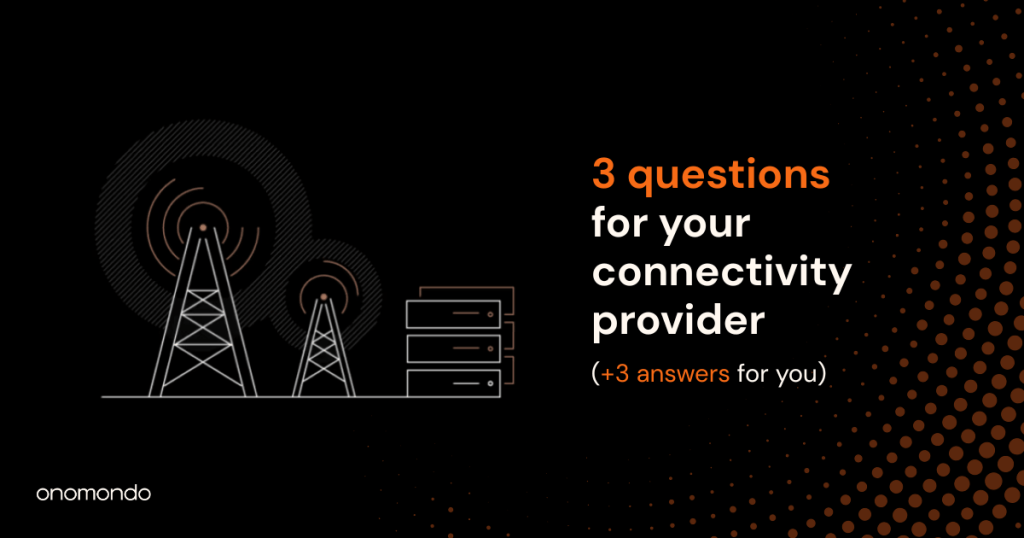If you’re interested in connecting IoT devices globally, you’ll need to get the hang of the nuances between MNOs, MVNOs, and Full MVNOs first.
What is a MNO?
A Mobile Network Operator (MNO) is a company that owns radio network spectrums (aka radio bands or radio access network) and sells or rent access to them.
What is a MVNO?
A Mobile Virtual Network Operators (MVNO) is a company that does not own any radio network spectrum but offers mobile services branded under its name by utilizing the network infrastructure of a licensed mobile operator.
However, not all MVNOs are built the same. Some act as basic resellers while others are deeply integrated into mobile networks as the MNOs themselves.
The chart below explains the differences in further detail. Some MVNOs are more-or-less differentiate themselves with sales and marketing while others have their own Core Network upon which they build innovative tools for IoT solutions.
Onomondo is a full MVNO and is the only IoT connectivity provider to have built such an extensive network with deep integrations. In fact, we are integrated with over 590 networks in more than 180 countries.
Deep integration, aka full core integration, means we have integrated local RANs with our in-house built core network (HLR/HSS, GGSN/PGW, STP, DEA/DRA).
This enables us to offer full transparency from device to cloud, creating the opportunity for unique IoT connectivity tools that help businesses develop, deploy and operate their global IoT solutions.
This unique IoT connectivity stack means we can offer tools such as Traffic Monitor, Signalling Logs, Network Logs, PAYG data, no-code Cloud connectors, and the ability to control network steering via our platform and API.
In the Tech Talk below, we break down the differences between MNOs and MVNOs in under 90 seconds.
Tech Talk Transcript
“A mobile network operator, also referred to as an MNO, they own the RAN infrastructure such as base stations, and antennas.
Apart from their retail business, they also rent out space in their infrastructure to mobile virtual network operators, known as the MVNOs.
This arrangement isn’t just for them to earn extra revenue, it’s also required by law in most countries.
Therefore the MVNOs, they don’t own any of the base stations themselves, but they rent access and then are merely resellers of SIM cards who use roaming agreements and don’t have any technical access to the RANs.
To differentiate a little bit, some operators would call themselves a Full MVNO. These are the ones who run their own network technology stack.
A few full MVNOs, like Onomondo, rent access to the base stations themselves, which is quite rare.
The way Onomondo accesses base stations is the same level as an MNO would.
And this gives us some more insights into what’s happening in the networks. In more than the 590 networks that we are working with.
And this is MNOs vs MVNOs explained.”







